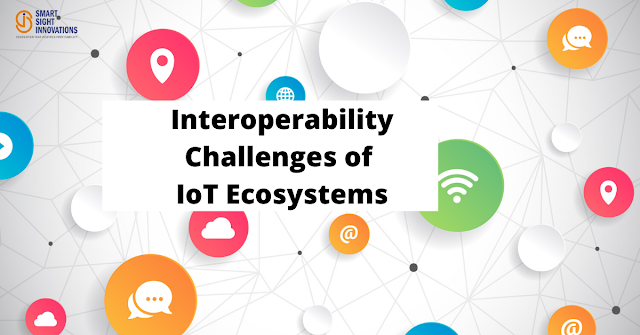How IoT has Influenced The Healthcare Industry
In accordance with the report of 2017 by WHO and World Bank which states that half of the world’s population doesn’t have access to the basic healthcare services and the graph of the accessibility to health services is quite inconsistent because of the availability and affordability of the services.
The studies show that uninsured working-age Americans have a 40 percent higher risk of death. With such nemesis growing the affordable healthcare services are the need of the hour and Virtual health seems to upscale and fulfilling the accessing needs.
IoT healthcare services are just about stretching behind the use of mobile devices or digital tools that connects the patients to physicians and other caregivers. The combination of health care stakeholders and technology is able to create more effectively coordinate patient care.
Aspects of IoT that gave influence to the Healthcare Industry
- Firstly, technology has enhanced every standard of today’s world and also caught up with our vision for the future.
- Secondly, each day the consumer expectations are reaching heights and the graph demands improved convenience and availability.
- The behavioral, financial and policy barriers, which have hindered adoption are on the edge of crumbling.
- Growing viruses and threatening diseases in the environment and also the tidy amount of tags for the treatments.
Remote Patient Monitoring is being brought to the being
With the internet developing every core of the industry we can see the internet penetrating even the most remote areas of developed countries and is increasing the availability of the cheap internet-connected devices, and with this, the remote monitoring of the patients will be soon brought to the being. The data collected from the IoT devices have sensors and can measure and detect the changes in temperature and pressure and are stored in the cloud.
EHR systems, the future of medical and health services
The EHR systems help in predicting and ultimately preventing the future threatening medical conditions. The Remote patient’s health monitoring gets easier through HER systems and thus it is beneficial for human cause and is equally beneficial for the healthcare service provides.
- Smart hospitals for instant rescue!
Locating a person or a machine in a big flux can be challenging. In such scenarios where the availability of the medical resources or a health care service provider is necessary, then you need a smart hospital. This is where IoMT comes into play and helps in locating various things and individuals across a medical campus.
- Storing of Clinical Data is no more a big deal
Not just the health records, there are many other clinical data that needs to be stored for the health service providers. Apart from Electronic Health Records (EHR), the IoMT allows the storing of administrative data, disease registries, health insurance claims, clinical trial data, health surveys, etc…
Conclusion
Early detecting and preventing the hazardous and life-threatening diseases have always been the need of the hour for the modern-day individuals, involved in various health affecting activities.
Implementation of the Internet of Things has become the mainstream and is generating rich data at a rate much faster than before.
In accordance with the NCBI, the healthcare costs in America is going to rise 4.2 % per year and starting from $7.1 trillion in 2015 to extend to 8.7 trillion by 2020, we can see the affordable healthcare services as the need of the hour. The situation is all same in all other parts of the globe and this makes it completely infeasible to avail access to the affordable healthcare service for the people struggling with the economic challenges, living in the developing countries.


Comments
Post a Comment